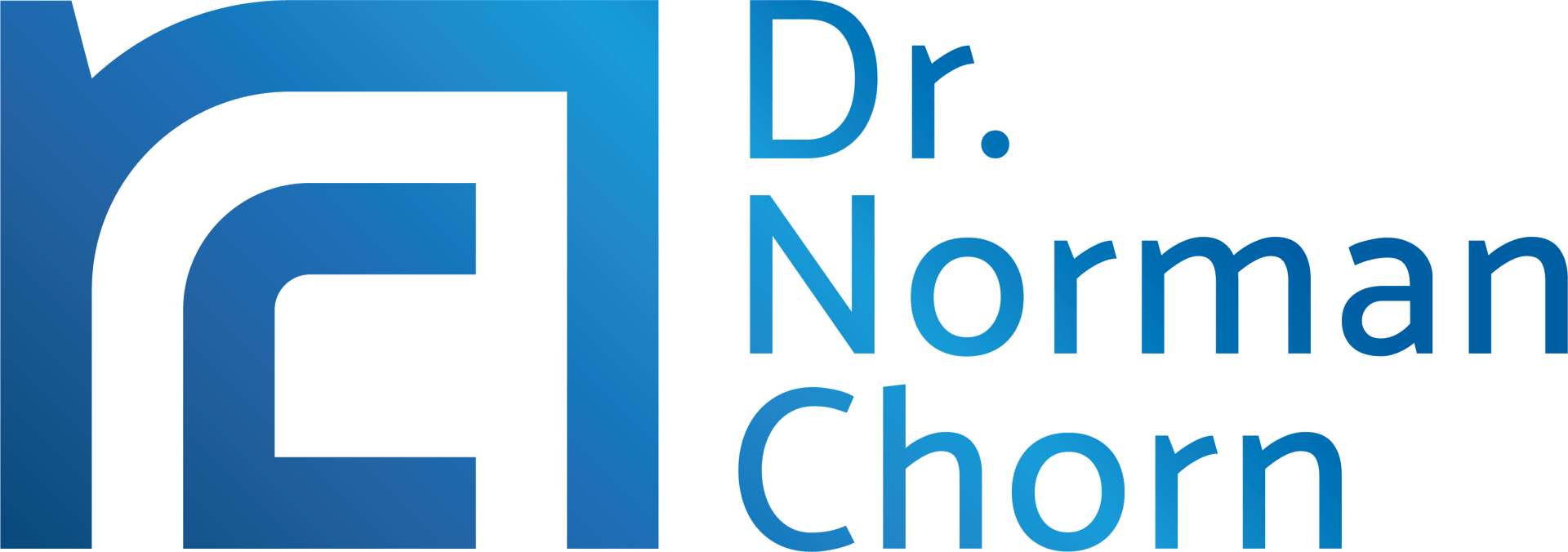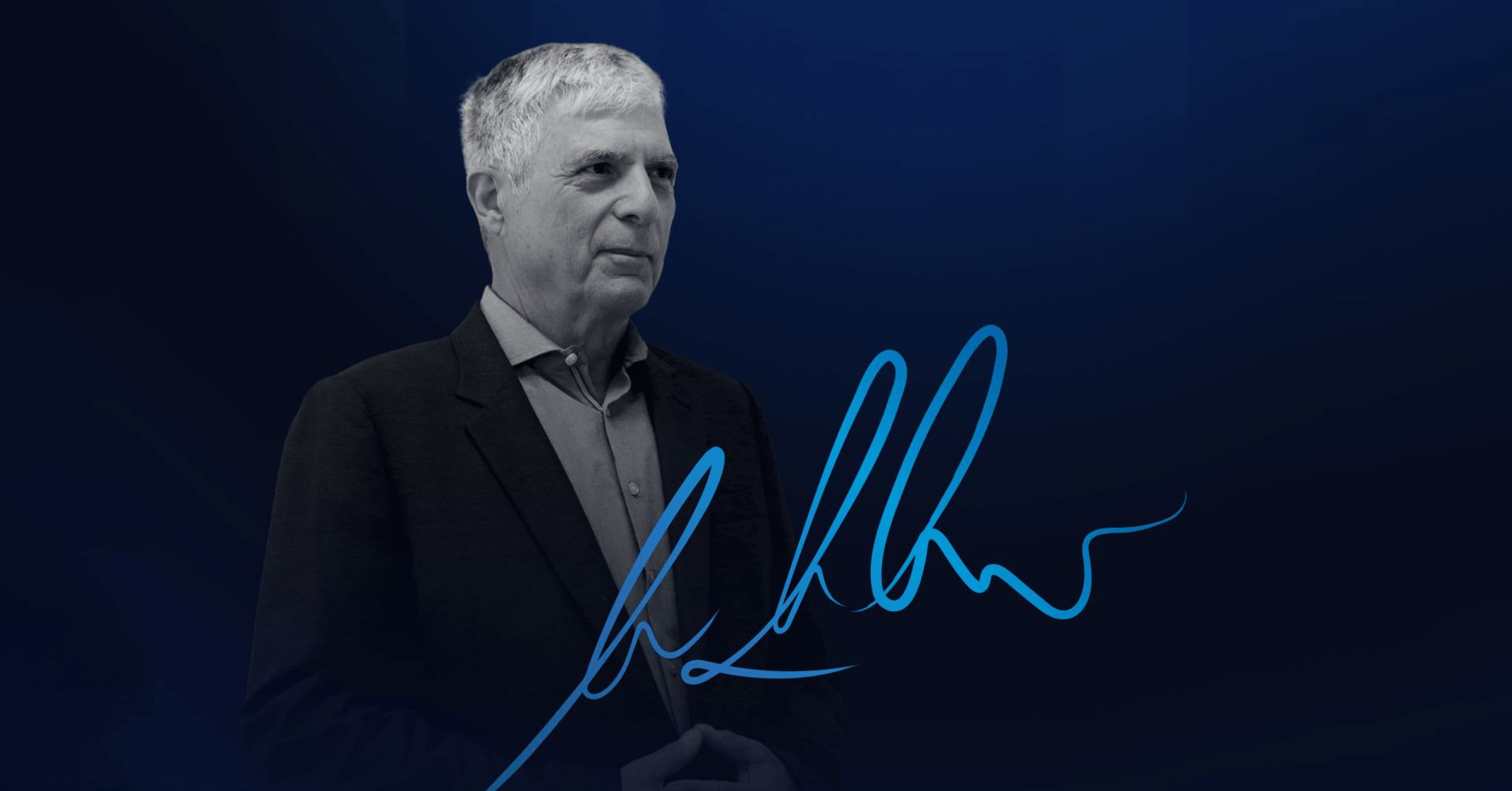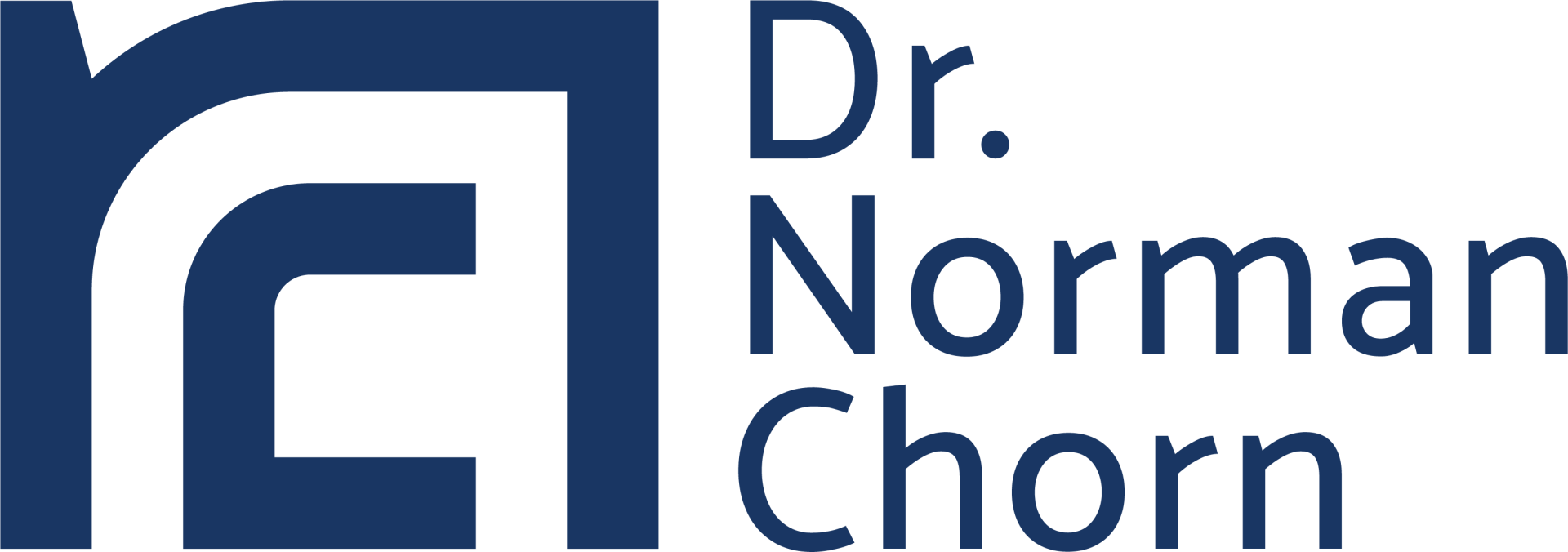Building the Future means Challenging the norm. We know that conditions have really changed in the post GFC environment. Economists refer to this process of continuos change and turbulence as the “new normal”. Adaptation and innovation is required just to stand still, let alone to grow and thrive. Being innovative often means that we have to question - even challenge - conventional and established processes. But to follow this approach blindly (ie always challenging convention) can be as dangerous as refusing to change and always following convention. Its useful to explore this issue a bit more broadly. Scientists and researchers refer to existing approaches as theories or paradigms. These represent short-cuts (the brain refers to these as heuristics) to solving problems or addressing challenges we come across frequently. It means that we don’t have to adopt first-principles analysis and problem solving every time we encounter an situation. This way, we “save” our energy and resources to address unique issues or challenges that really require some original thought. So, existing theories and paradigms are useful in that they allow us to be creative and innovative in areas that really need it. But sometimes, the existing paradigm “blocks out” information and presents us with an incomplete picture of the situation. Usually the blocked information is represented by “outlier” data - ie data that no longer conforms to the “norm” of the theory. In general, conservative people tend to ignore outlier data too long and don’t question the validity of the theory. Similarly, more radical thinkers tend to overplay the value of the outlier data and will question the validity of the theory at the earliest signs of data that doesn’t conform to the theory. Both approaches are dangerous - that’s why I said that being challenging the norm all the time is as limiting as never challenging the norm. So, the key is to judge where your innovation and challenging the norm is best applied.
I’m interested in your take as to when / where to challenge the norm..........
Subscribe to our regular articles, insights and thought leadership




